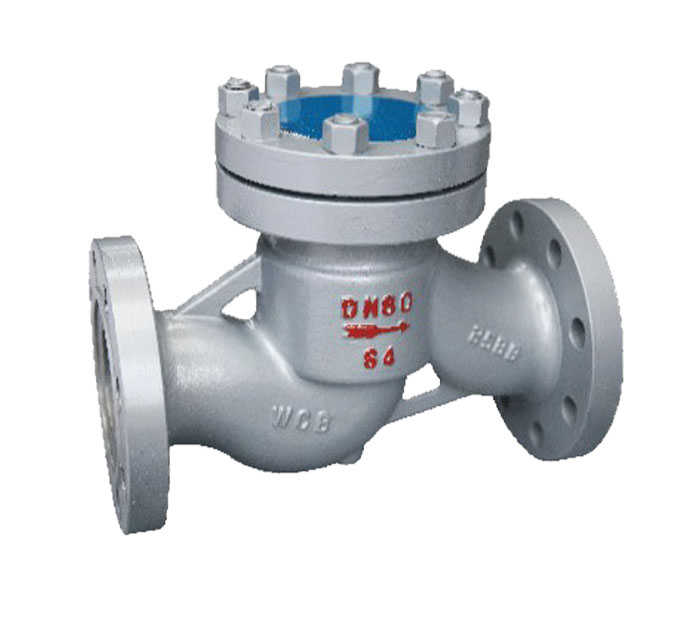ball float steam trap valve
The Essentials of Ball Float Steam Trap Valves
A ball float steam trap valve is an essential component in steam systems, ensuring efficient operation and proper drainage of condensate. This valve plays a pivotal role in maintaining the balance within steam environments by effectively managing condensate and preventing steam loss. Understanding how ball float steam trap valves work, their benefits, and their applications can significantly enhance the efficiency of steam systems.
How Ball Float Steam Trap Valves Work
The operation of a ball float steam trap is based on a simple yet effective principle of buoyancy. It utilizes a hollow ball, which floats on the surface of the condensate. As the condensate collects within the trap, the buoyancy of the ball causes it to rise. Once the ball rises to a predetermined level, it opens an outlet valve, allowing the condensate to be expelled from the steam system. When the condensate level drops, the ball falls back, closing the valve, preventing the escape of steam.
This mechanism allows the trap to automatically regulate the discharge of condensate while keeping steam in the system. As a result, it minimizes energy losses associated with steam leaks, ultimately enhancing the system’s efficiency. The ball float steam trap typically features a robust design that can withstand varying pressure conditions, making it suitable for different applications in industrial settings.
Benefits of Ball Float Steam Trap Valves
1. Energy Efficiency One of the primary benefits of using a ball float steam trap is improved energy efficiency. By effectively managing condensate, these valves prevent the loss of valuable steam, reducing energy costs, and increasing efficiency in the system.
2. Automatic Operation Ball float steam traps operate automatically, requiring little to no manual intervention. This feature allows for uninterrupted operations in steam systems, making them ideal for continuous production processes.
3. Versatility These traps can be used in a wide range of applications, including heating systems, process applications, and sterilization units. Their ability to handle large volumes of condensate makes them exceptionally versatile.
ball float steam trap valve

4. Minimal Maintenance With their simple design and robust construction, ball float steam traps require minimal maintenance. This reliability reduces downtime and maintenance costs, ensuring smooth operations.
Applications
Ball float steam trap valves are widely utilized in various sectors, including
- Food and Beverage Industry In processes like pasteurization and cooking, these traps play a crucial role in managing steam and condensate, essential for maintaining temperature and hygiene standards.
- Pharmaceuticals Steam traps help in sterilization processes, ensuring that steam systems operate efficiently and effectively in maintaining the critical standards required in drug manufacturing.
- HVAC Systems In heating, ventilation, and air conditioning systems, ball float steam traps are employed to manage condensate, enhancing system performance and comfort levels in buildings.
- Industrial Processes Many industrial processes depend on steam for heating and power generation, making the use of ball float steam traps a critical component for efficiency and productivity.
Conclusion
In conclusion, the ball float steam trap valve is a crucial element in steam management, offering significant advantages in energy efficiency, automation, and maintenance. Its simple operation, combined with its versatility across various industries, makes it an invaluable asset in enhancing steam system performance. As industries continue to seek ways to improve their operations and minimize energy costs, adopting advanced steam management solutions like ball float steam traps will remain a pivotal consideration for achieving optimal efficiency and reliability in steam applications.
-
The Key to Fluid Control: Exploring the Advantages of Ball Valves in Industrial SystemsNewsJul.09,2025
-
The Versatile World of 1, 2, and 3 Piece Ball ValvesNewsJul.09,2025
-
Stainless Steel Ball Valves: The Ideal Choice for Efficient Flow ControlNewsJul.09,2025
-
Optimizing Fluid Control with Ball Float ValvesNewsJul.09,2025
-
Manual Gate Valves: Essential for Control and EfficiencyNewsJul.09,2025
-
Everything You Need to Know About Butterfly ValvesNewsJul.09,2025
-
The Versatility of Wafer Type Butterfly ValvesNewsJul.08,2025




